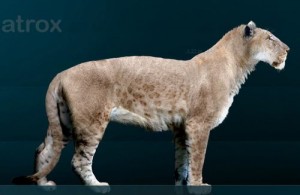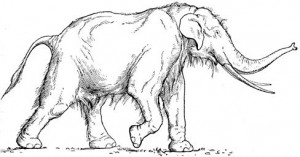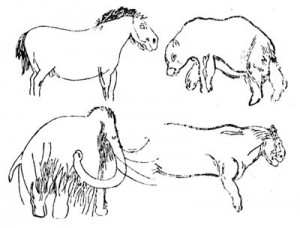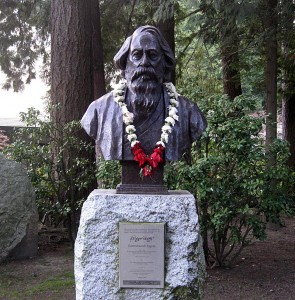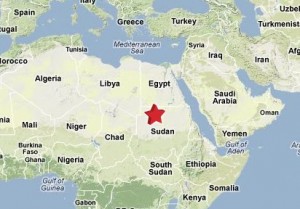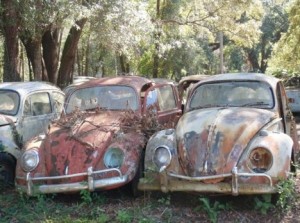There was a snow dump on downtown Vancouver early in the morning. As I turned into Kingsway, I could see piles of wet show pushed to the side of the lanes by passing wheels. Vehicles moving in the opposite direction would at times veer from the track and have their wheels splash through inches of wet snow, causing water and wet chunks of snow to splatter on his windshield and side window. I had taken care to roll up his window glass. It was also raining a bit.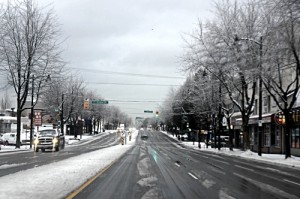
I got up around five in the morning, which is not normal. If I went to sleep in the usual late hours, after 1 AM, I would normally sleep through the night and only wake up at the alarm, at 6:20 AM. But if I went to sleep earlier, say by 11 PM, I would invariably get up early, sometimes by 4 AM. This was one of those days. So, after tossing about on the bed for a while, I tiptoed out of the bedroom, leaving Anu fast asleep on her side of the bed, and went to my study, half undressed.
I had started writing his blog on the 2nd of Feb, with a piece titled “Hello, World”. The title was a suggestion from WordPress, and not my invention. That was the only title I had borrowed from WordPress templates. Since then, I had put up thirteen different blogs till this leap year day, Feb 29th.
Apparently, I had written upwards of twenty thousand words on this blog and in this month. That translated to about 750 words, or almost three pages, every day. Was that good, bad, or irrelevant?
Clearly, it was relevant from my point of view. But, being a social animal, one would normally judge success and failure by how much those twenty thousand words affected other people, or at least how much it fattened my bank account.
One answer was clear – it did not affect my bank account. I was not writing this for any commercial magazine and not advertising it. So why was I writing? Could it be that I cared for the first part of the question – affecting other people ?
I know that at least a handful of folks had read them, from Canada, the US, India, Bangladesh, Japan and New Zealand. How did I know that? Well, there is an add-on to my WordPress blog site that tells the admin (me) the location on a world map, from where folks had clicked on to my blog. But I have no illusion that only a handful of people from around the world had read any of my blogs.
Thats normal. Statistically, I would say that only a few knew about my blog, but these few were not isolated in one corner of the planet, or restricted to one circle of interest. I guessed some of them might be bird watchers, while some others were promoters of permaculture, or rights of indigenous people. Some might be by personal friends, or folks from my ethnic and linguistic groups.
I also knew that, as I write more, I would likely generate interest among a wider group. Alternately if I wrote on boring subjects or had an uninteresting style, my readership would dwindle.
But, I was still unsure if I was writing for the readers, or for personal reasons. Writing improves one’s skills in authorship. It is also a creative outlet. It helps release pent up tensions, just like painting or drawing, or watching nature and wildlife does. I was not necessarily good in any of my hobbies, but I was happy that I had so many. And writing was one avenue to expressing myself, and telling myself, that I exist, as of now.
I know how insignificant my existence is in the greater scheme of things. From the point of view of this Universe and its existence, I do not even deserve a tiny mention in the log book of its events. But then, neither does Julius Caesar, Chengis Khan, or as far as I am concerned, God. Every human, every prophet, every earthly or unearthly entity imagined by humans, was ultimately irrelevant in the greater scheme of things. God proposes, Universe disposes, and man only pontificates.
Well, my pontification was clearly not directed to the Gods of this world, nor the mere mortals hurtling ceaselessly towards an eventual oblivion six feet underground, or incinerated into thin air, or left to be consumed by scavengers. I did not know who it was directed as. The main purpose, I tried telling myself, was to have a release that was not geared to please someone else. Commercial writers were essentially entertainers – like an actor, or a soccer player, or a singer. They performed their task in order to entertain other people, and thus earn a living. If folks did not like watching movies, there would be no movies and no movie actor. If folks did not like to listen to music, there would be no musicians. But people, especially civilized people, are supposed to have time on their hands and money in their pocket. They spend that time and money to engage in their hobbies, like listening to music, or watching a movie or a game.
However, I had, to be honest, passed the links to some of my blogs, to a small number of people, asking for their comments. For example, I had sent the link to my post on the cult of Tagore, to Piyali and Tukul, and also to Rajib Chakraborti. I had heard back from both Piyali and Tukul. Rajib bahu is going to read it shortly, he said. Why did I send the links to them? I guess I thought I’d value their varied perspective and point of view.
Apart from that, I got a few of them linked on my Facebook and google plus account. I was more present in google plus than on facebook these days. But, on the whole, I spent a lot less time on these social networking sites, and a lot more on my own writings, and looking around for information to my liking.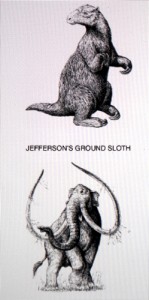
The eBook store is a good place for searching out for information to my liking. Recently I got an eBook about the geology of British Columbia, and found it fascinating to read, all 250 pages of it with its numerous sketches, diagrams, drawings, tables and photographs. I wish I had with me a book of similar detail about India. Unfortunately, I do not have such a book and have not found such a book that would also be easy to get hold of and ideally free of charge or for very little money, preferably as an eBook that did not involving printing and paper.
He had found just one book so far, named “Himalaya to the Sea, Geology, Geomorphology and the Quaternary”. It was by John F. Shroder Jr. 472 pages long, the eBook was not free of charge by a long shot. Its price was US $ 249.99.
I was not ready to pay that much money for that book. Besides the book had no review by any customer. Its content was not described too well. It was a very expensive unknown entity, for me. And so, I was still looking for a suitable source for my education on the development of the Indian topography and natural history. Most of the books readily available were about Himalayan Treks, addressing western visitors, and did not cover my question.
He had one nice book that he liked – Natural history of the Mammalia of India and Ceylon, which was written by Robert Sterndale, published by Thacker, Spink and Co in Calcutta in 1884. It contained 170 illustrations by the author, by T.W. Wood and others. It not only contained details including hand drawn sketches of animals I remembered from my childhood, such as a fox-bat in English, Chamgadili in Hindi and Badurh in Bengali, but also more esoteric animals such as a collared hedgehog of northern Indian and Afghanistan, or a Himalayan Brown Bear, or the clouded leopard, which at the time was called a clouded panther.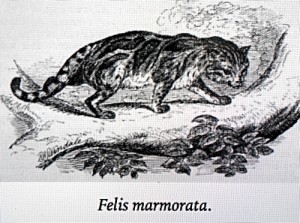
I was digressing from the original thought – which was about writing and not reading eBooks. But, like all things, there was a link here too. I got that wonderful book about Mammals of India, published in Calcutta in 1884, completely free of charge and developed a regard for its author for the details of his work. He must have been financially rewarded by the purchase of that book by people at the time. But right now, it was sold free of charge as eBooks on line, if one had the patience to look for it. And thus, I connected with the man that was older than my grand father, and lived concurrent with Rabindranath Tagore and his brothers, but had done a fantastic job of detailing so many different mammals that lived across the Indian landmass stretching from Afghanistan to Burma and from Kashmir to Sri Lanka. Did he write it only for the financial reward ? I was not sure if those days manuscripts in English were typed or hand written. I knew Tagore’s manuscripts were hand written. Today, almost nobody writes by hand in English, and if my guess is right, they also type it in many of the vernacular languages today, rather than hand-write an entire book.
So here I was, driving along the Waterfront road in downtown Vancouver, heading for a day in office, and wondering – why do folks write anything ? What is the value of a few pages of typed text.
I turned into the drive way for the underground parking below my office.
It was going to be another cold day – for Vancouver.

